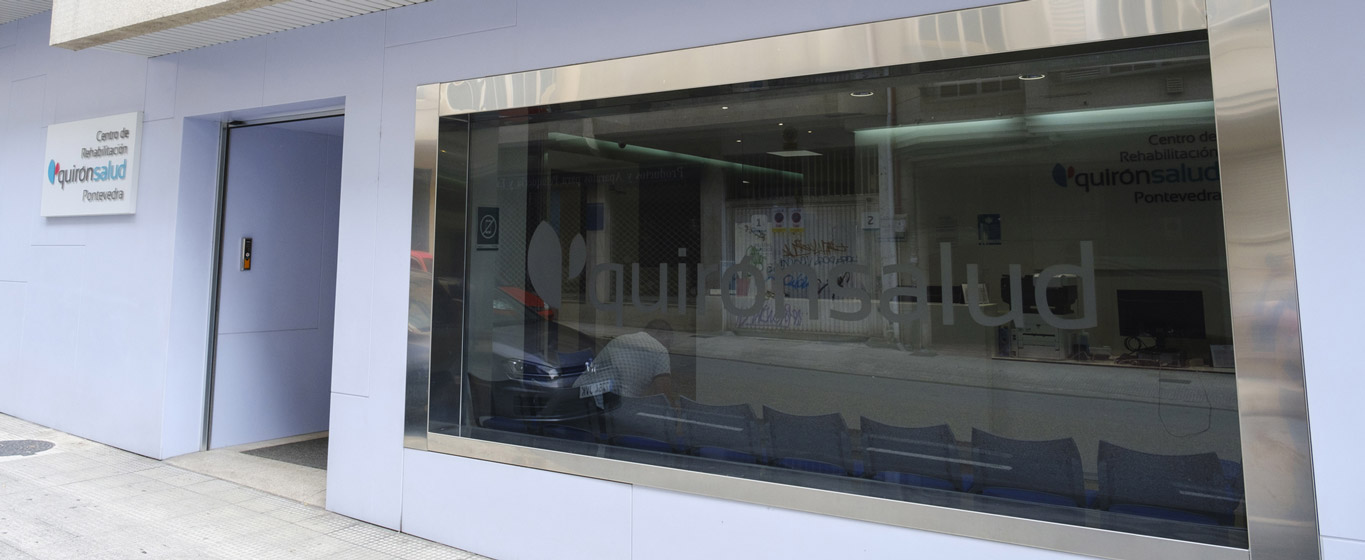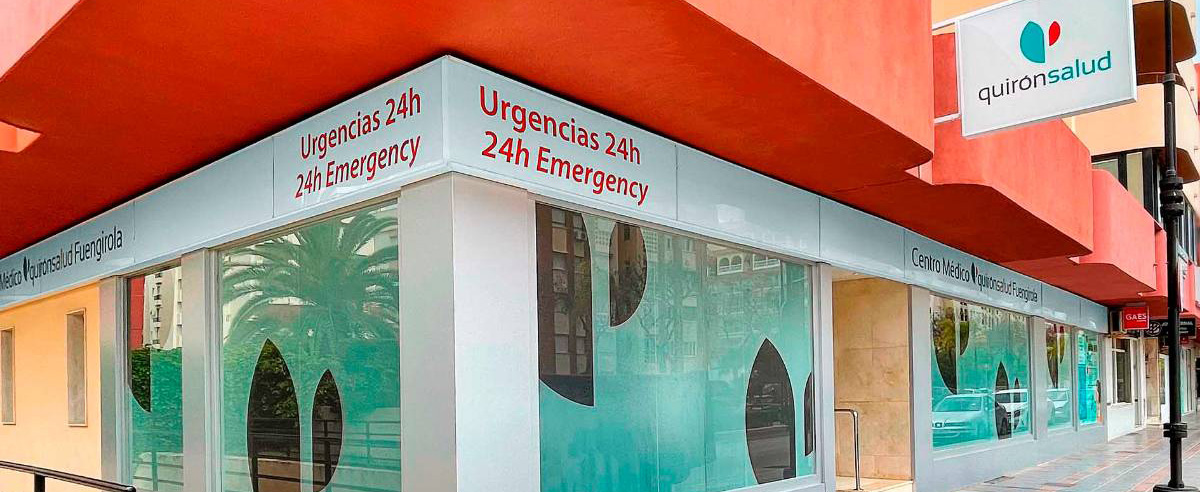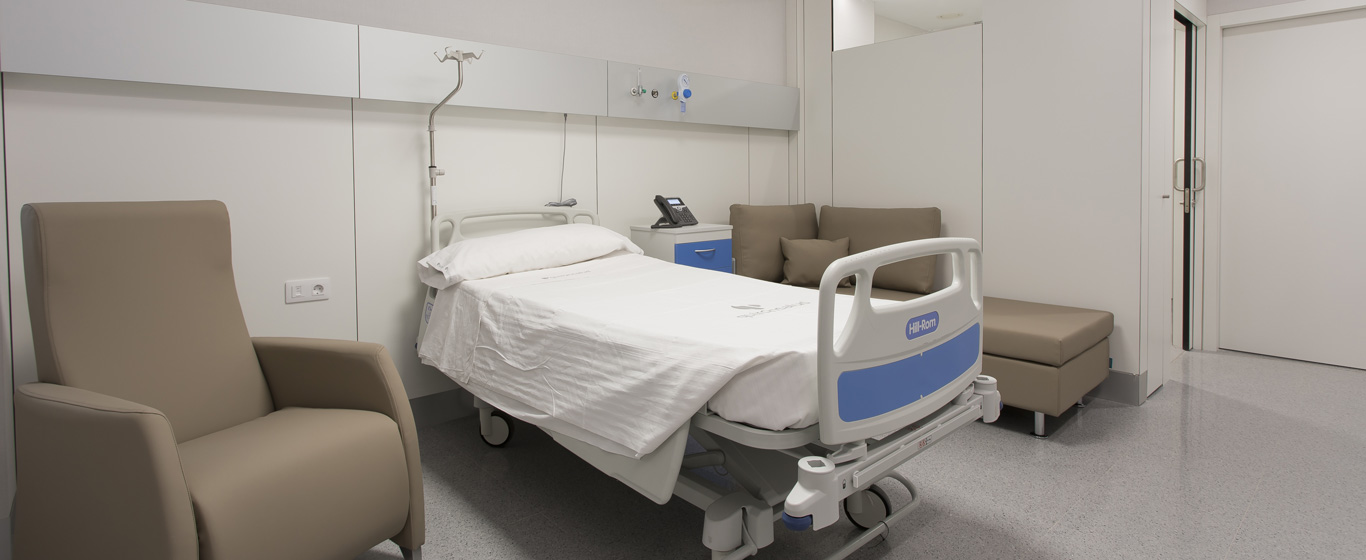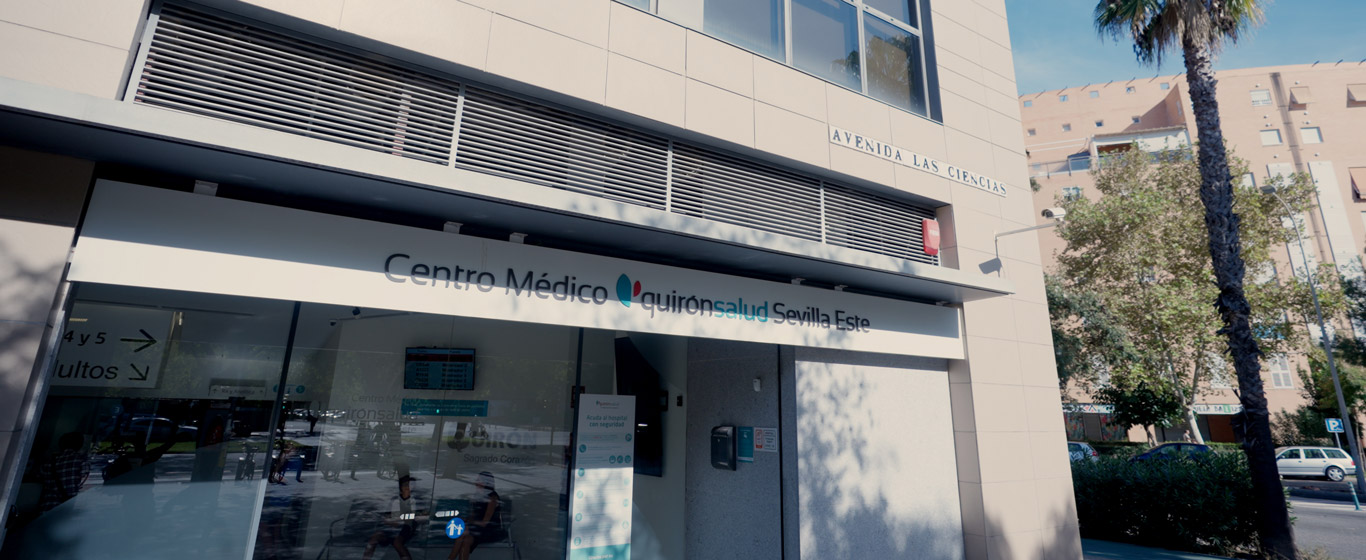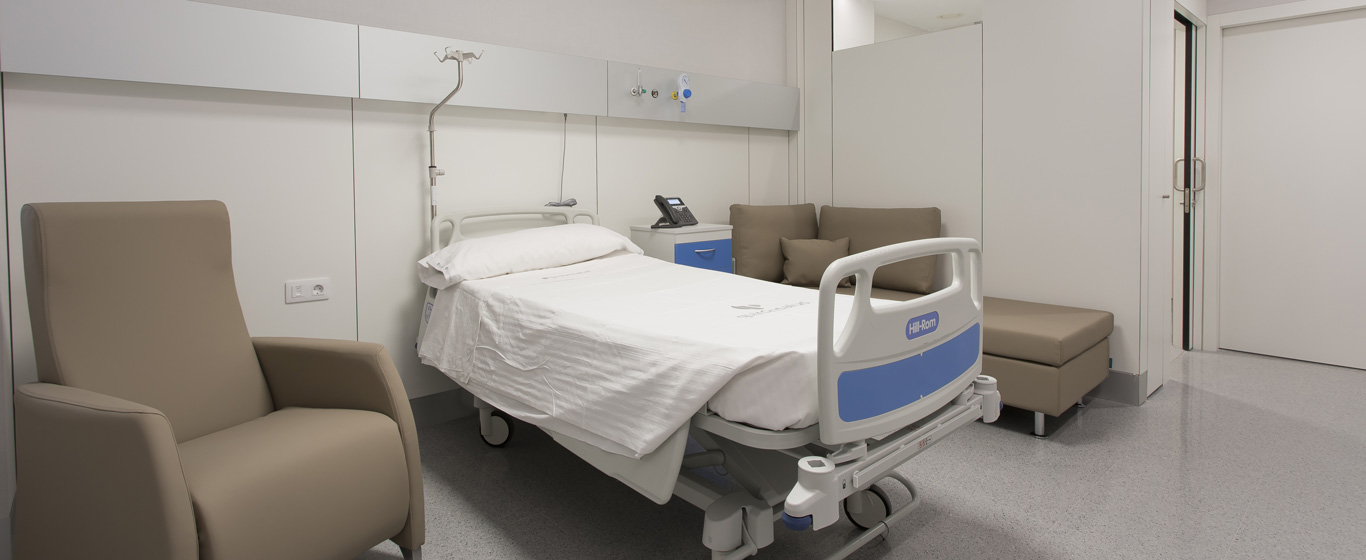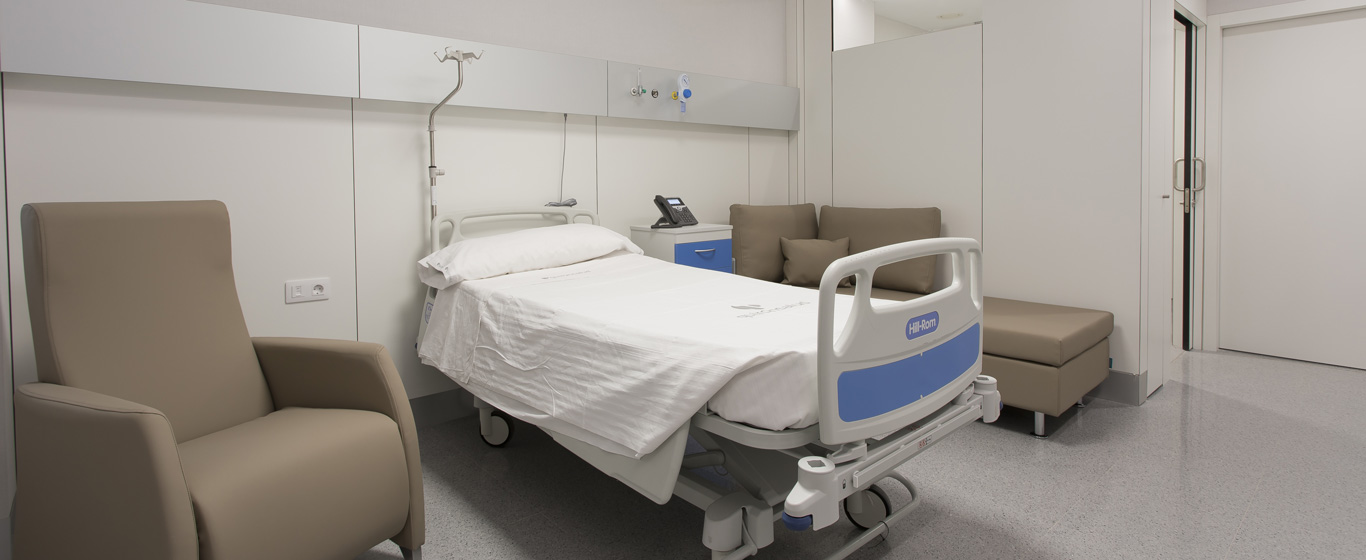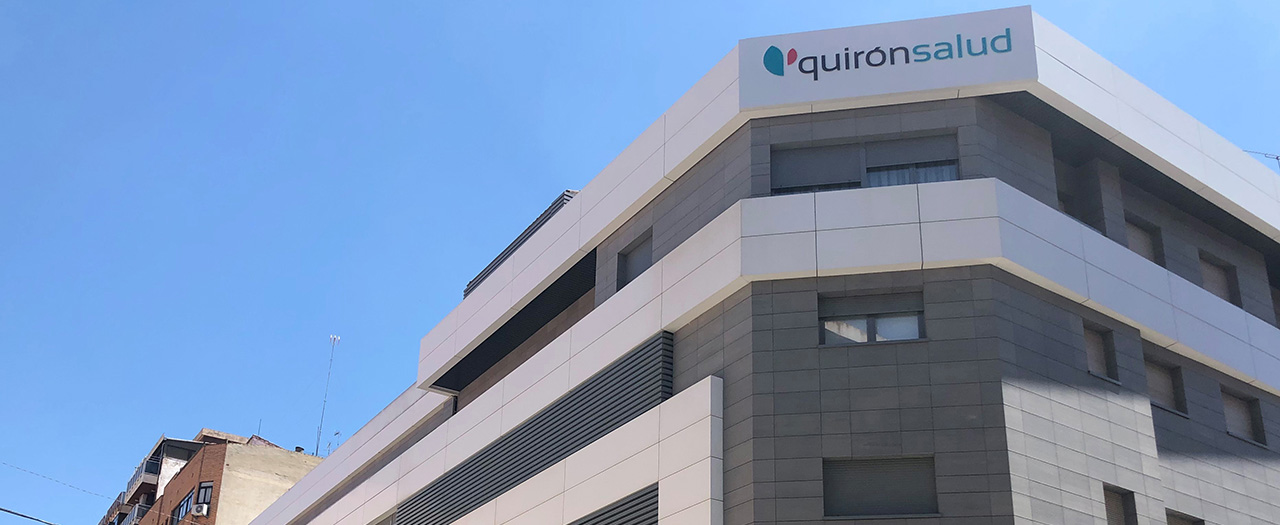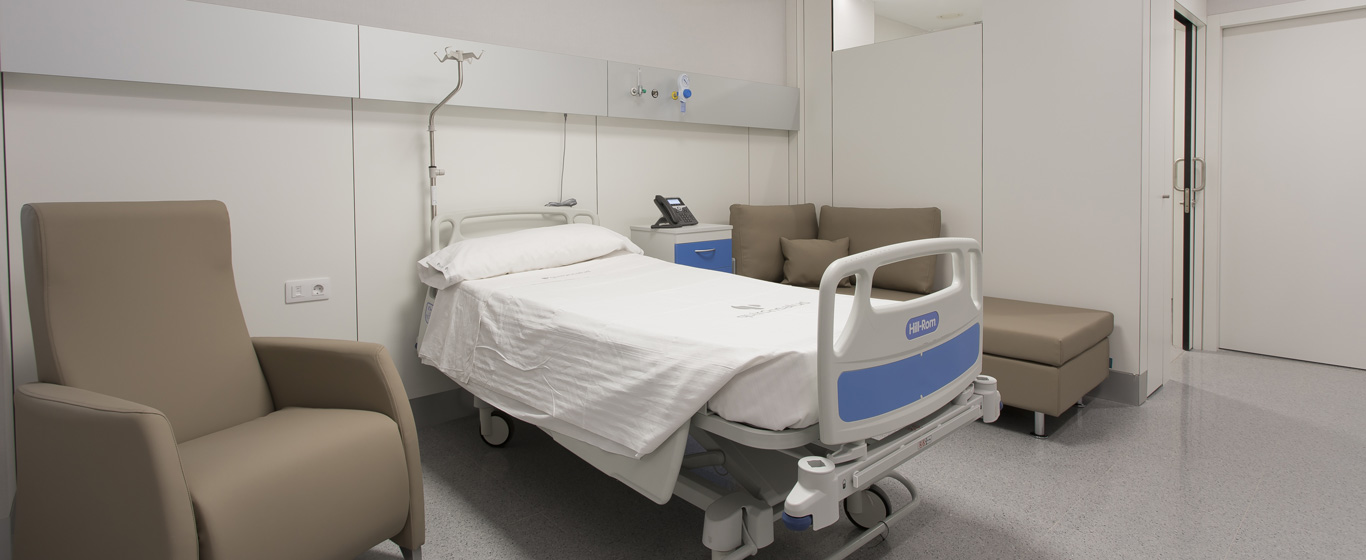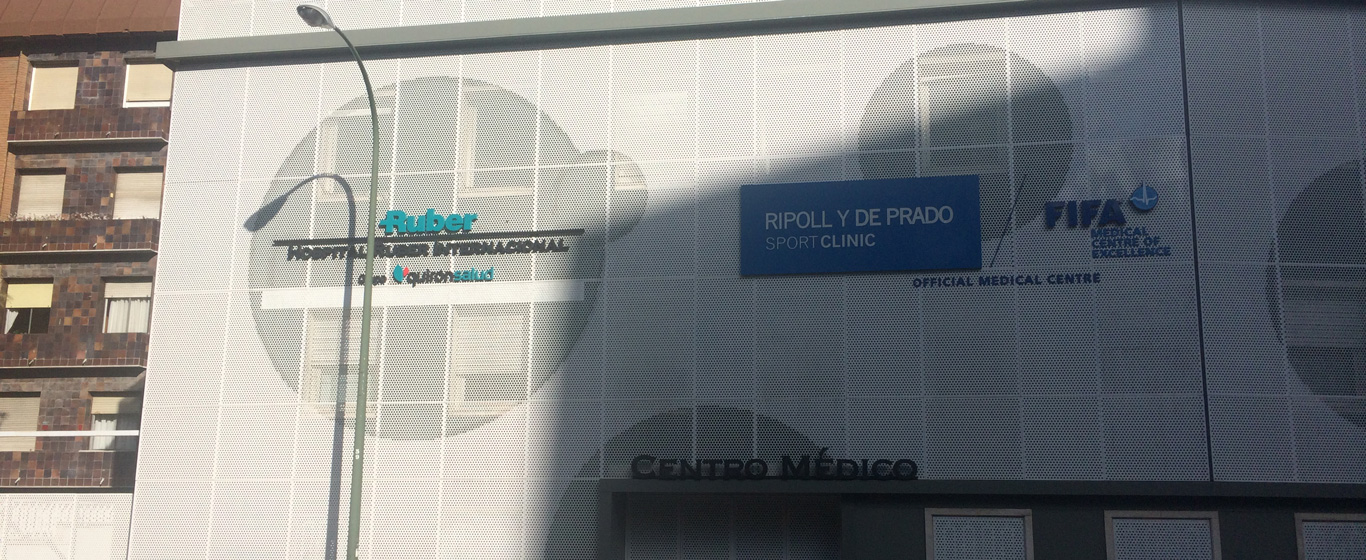Thoracentesis
Thoracentesis is a procedure used to remove fluid that has accumulated between the chest wall and the pleura. This technique, which involves inserting a fine needle into the lung and drawing out the fluid with a syringe, can have either diagnostic or therapeutic purposes.
General Description
Thoracocentesis, also known as thoracentesis, is a medical technique used to extract fluid that has accumulated between the pleura (the membrane covering the outer surface of the lungs) and the chest wall, either for diagnostic or therapeutic purposes.
In this procedure, a fine needle is inserted through the chest skin with the guidance of ultrasound imaging to reach the most suitable area. Once in the targeted location, the fluid (or, in some cases, accumulated air) is extracted using a syringe or a catheter, which can remain in place for a longer period to help the lung expand. In this latter case, the catheter is connected to a container called a collection chamber.
When thoracentesis is performed for diagnostic purposes, a sample of the extracted fluid is analyzed in a laboratory to determine the cause of its accumulation in the pleural space. Typically, a cell count, bacterial culture, or cytology is performed to look for cancerous cells.
When is it indicated?
Thoracentesis is performed to remove accumulated air due to a pneumothorax or to drain fluid caused by a pleural effusion, pneumonia, viral infections, heart failure, or lung cancer.
How is it performed?
To perform thoracentesis, the patient lies down or sits with their body slightly leaning forward. After disinfecting the area, local anesthesia is administered to prevent pain during the procedure. Once the anesthesia takes effect and the tissue is numb, an ultrasound probe is used to determine the best site for needle insertion, which is then advanced into the pleural space.
If the fluid is extracted using a syringe, it is directly connected to the needle, and the plunger is pulled back to aspirate the fluid. When a catheter is used, it is inserted through the needle and left in place for some time to allow the fluid to drain drop by drop.
Risks
Thoracentesis is a safe procedure that does not pose a significant health risk to the patient. However, as it is a minimally invasive procedure, there is a possibility of bleeding, infection, or lung collapse (pneumothorax).
What to expect from a thoracentesis
Before undergoing thoracentesis, the patient must sign an informed consent form. They will then be provided with a gown to wear during the procedure.
Once prepared, the patient is positioned appropriately, and the specialist exposes the area where the procedure will be performed. Thoracentesis is not painful due to the use of anesthetics, although a slight pinch is felt when the local anesthesia is administered. However, pressure is perceived at the site where the needle is inserted throughout the duration of the thoracentesis, which lasts about 15 minutes.
Some patients may feel the need to cough when the fluid begins to be withdrawn, but it is important to remain as still as possible. If dizziness or difficulty breathing occurs, the specialist should be informed immediately.
Thoracentesis is an outpatient procedure, so once it is completed, the patient can return home and resume their routine. However, strenuous activities should be avoided for the first few days, and work-related activities should be postponed for about 15 to 20 days.
The results are available within a few days, depending on whether a laboratory culture is required.
Specialties that request thoracentesis
Thoracentesis is commonly used in pulmonology and cardiology.
How to prepare
It is common to stop taking certain medications, especially anticoagulants, a few days before undergoing thoracentesis.






